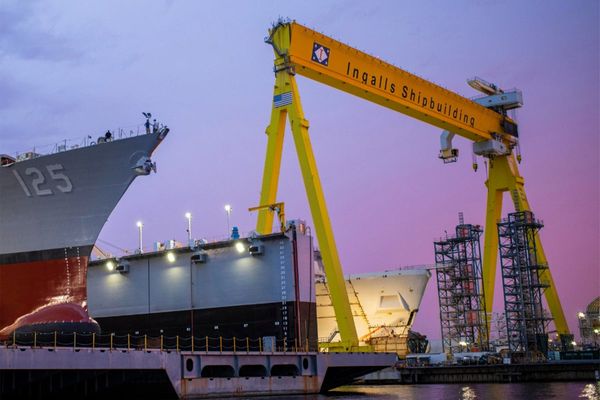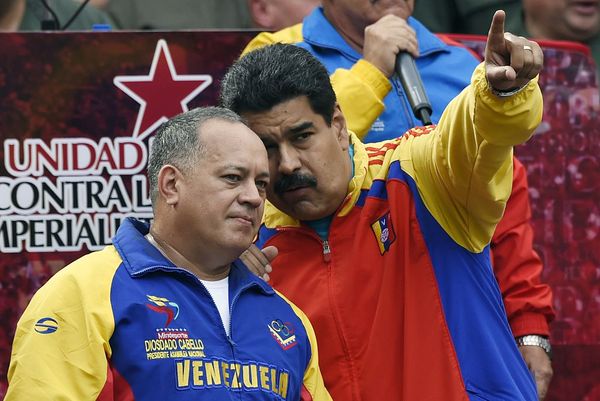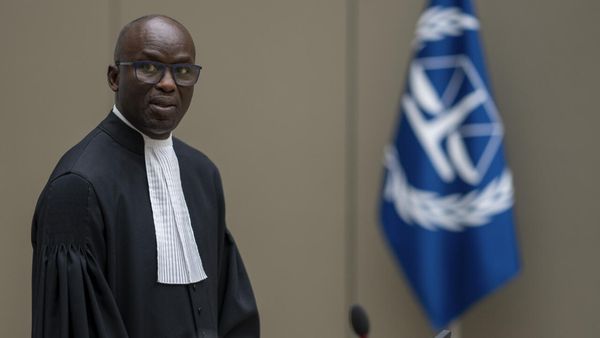
What Is a Primary Dealer?
A primary dealer is a financial institution, usually a commercial bank or an investment bank, involved in the sale and purchase of government securities.
Primary dealers serve an important role in the auctions of sovereign debt via open market operations, which refers to the purchase and sale of government securities in the open market. For example, when a central bank sells bonds, a primary dealer buys the bonds (usually on behalf of a client) and thus becomes a counterparty. Conversely, when the central bank seeks to buy bonds, a primary dealer serves as seller.
What Is the Role of a Primary Dealer?
In the U.S., a primary dealer serves as a counterparty to the Federal Reserve in open market operations as part of implementing monetary policy. When the Department of the Treasury issues new bonds, bills, and notes, these government securities must be sold, and primary dealers handle the purchases on behalf of the Fed, which acts as seller.
The Open Market Trading Desk of the Federal Reserve Bank of New York—one of 12 district banks under the Fed—is tasked with handling government debt from the Treasury, and these securities are then sold to or bought from primary dealers.
A primary dealer also provides market information and analysis that’s helpful in guiding monetary policy to the New York Fed’s trading desk. When it participates in all auctions of U.S. debt, a primary dealer provides reasonable bids, and it serves as a market maker when it acts on behalf of foreign official accountholders.
How Are Primary Dealers Selected?
In the U.S., the Federal Reserve Bank of New York selects which financial institutions can serve as a counterparty in open market operations, These financial institutions are required to submit meaningful bids when new Treasury securities are auctioned.
Part of the criteria to be a primary dealer includes being registered with the Securities and Exchange Commission as a broker-dealer and having at least $150 million in Tier 1 capital, which is the core capital of a financial institution’s reserves and typically serves as its main source of funds.
A Brief History of Primary Dealers
The Federal Reserve was established in 1914, and the central bank realized soon after that it needed dealers to help it perform open market operations.
Wall Street banks traditionally took up the role of primary dealers, and that gave them a certain amount of prestige among other banks, especially within the investment banking community, because the designation provided a level of confidence to investors. The Fed, however, states that its selection of primary dealers shouldn’t be interpreted as a public endorsement of them.
In the past few decades, the status symbol of being a primary dealer has diminished, partly due to consolidation among U.S. banks. In the list below, the makeup of primary dealers has widened to include banks whose parent companies are headquartered overseas, an indication of the prominence of the role in serving as dealers to international investors.
Of the 25 primary dealers listed as of December 2022, 11 are based in the U.S. The remainder comprise banks from the U.K., Canada, Japan, France, Germany, Switzerland, and Hong Kong (China) with representative branches in the U.S.
Which Banks Serve as Primary Dealers for the Federal Reserve?
Below is an alphabetical list of primary dealers with each bank’s country of provenance in parentheses, as of December 2022
- Amherst Pierpont Securities LLC (U.S.)
- ASL Capital Markets Inc. (U.S.)
- Bank of Montreal, Chicago Branch (Canada)
- Bank of Nova Scotia, New York Agency (Canada)
- BNP Paribas Securities Corp. (France)
- Barclays Capital Inc. (U.K.)
- BofA Securities, Inc. (U.S.)
- Cantor Fitzgerald & Co. (U.S.)
- Citigroup Global Markets Inc. (U.S.)
- Credit Suisse AG, New York Branch (Switzerland)
- Daiwa Capital Markets America Inc. (Japan)
- Deutsche Bank Securities Inc. (Germany)
- Goldman Sachs & Co. LLC (U.S.)
- HSBC Securities (USA) Inc. (Hong Kong [China], and U.K.)
- Jefferies LLC (U.S.)
- J.P. Morgan Securities LLC (U.S.)
- Mizuho Securities USA LLC (Japan)
- Morgan Stanley & Co. LLC (U.S.)
- NatWest Markets Securities Inc. (U.S.)
- Nomura Securities International, Inc. (Japan)
- RBC Capital Markets, LLC (Canada)
- Societe Generale, New York Branch (France)
- TD Securities (USA) LLC (Canada)
- UBS Securities LLC. (Switzerland)
- Wells Fargo Securities, LLC (U.S.)
Source: Federal Reserve
How Does a Primary Dealer Make Money?
A primary dealer makes money by selling government securities to its clients at higher prices than they purchased them from the Fed. When interest rates are at low levels, the profitability from debt transactions is smaller, but large volumes of debt transactions, such as with the quantitative easing measures instituted following the financial crisis of 2007–2008, can make primary dealing a lucrative business.
What Is the Survey of Primary Dealers?
The New York Fed’s Open Market Trading Desk polls primary dealers on their outlook on the economy, monetary policy, and financial markets in what’s known as the Survey of Primary Dealers. The results are published two weeks prior to each Federal Open Market Committee meeting. The desk sometimes asks primary dealers to update their responses after the release of new information from an FOMC meeting.







